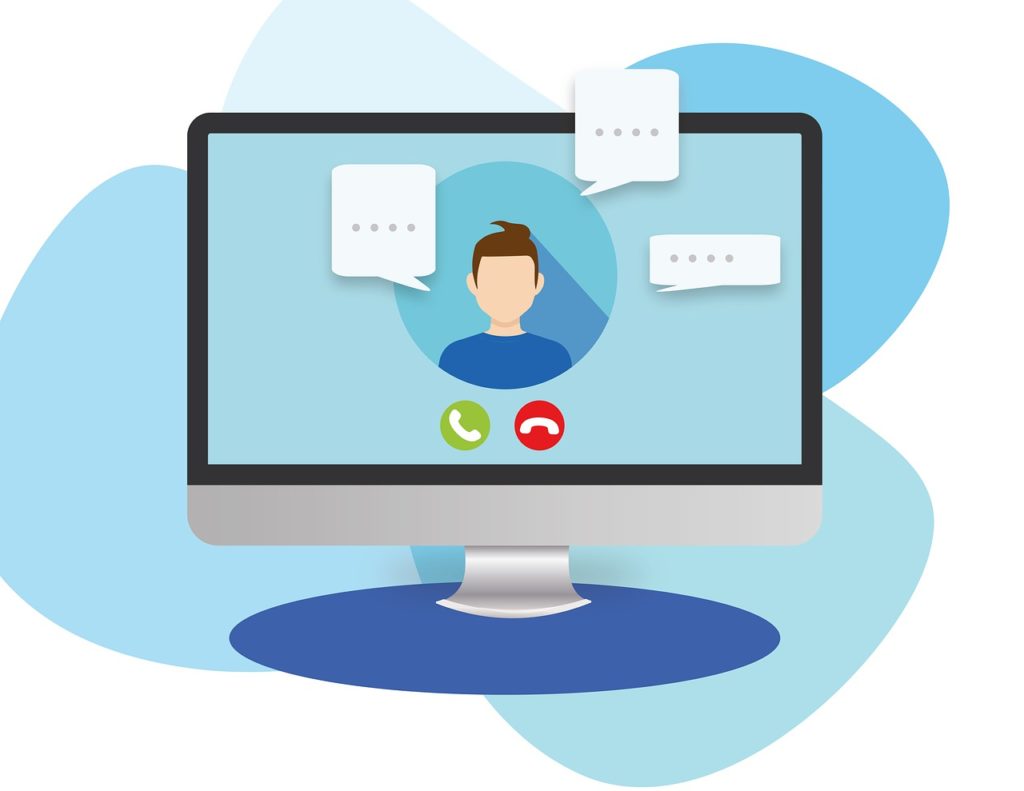The ongoing COVID-19 pandemic has radically changed the way Americans work, shop, socialize and navigate daily life. Now, with the introduction of telehealth, it is also changing how they meet and interact with their health care professionals. Social distancing and quarantines have dramatically accelerated the use of telehealth as a way for patients to safely receive remote care from their trusted health care providers.
Teletherapy, in particular, refers to mental health treatment delivered over the phone or by video. It’s considered to be highly effective and has been critical to helping people throughout the pandemic. Ongoing but necessary public health measures have left many struggling with isolation, job loss and other situations linked to poor mental health.
In fact, KFF (Kaiser Family Foundation) recently found that throughout the pandemic 40% of U.S. adults reported symptoms of anxiety or depressive disorder, up from 10% of adults who reported these symptoms during the period from January to June 2019. Delivering care online has allowed clinicians to connect with their existing patients and respond to the increased demand for mental health services during the last 18 months.
Benefits of Teletherapy
One of the most important benefits of teletherapy, especially throughout the pandemic, has been patient access. Without the technology for remote counseling, many people would not have been able to receive mental health care during lockdowns and quarantine. Others, particularly high-risk populations, continue to avoid the unnecessary exposure required to travel to and from an in-office therapy session. Now, as patients become increasingly comfortable with using technology to connect for therapy, some are not eager to go back to in-person appointments. They prefer the convenience and flexibility of connecting from a location that works best for them.
Many individuals faced obstacles to care even before the pandemic. With teletherapy, clinicians can reach those who struggle to find or afford childcare or transportation. It also ensures mental health services are available to those who may live in regions that lack providers, such as in rural areas. Additionally, teletherapy is an appealing option for those who want to keep their counseling private, especially as society continues to fight the stigma, prejudice and discrimination that are too often associated with mental illness.
Teletherapy Tips
Although teletherapy certainly has its benefits, it’s not for everybody. It’s understandable that some clinicians and patients prefer the familiarity of meeting face-to-face. Whether teletherapy is a temporary remedy or you plan to continue it post-pandemic, here are some steps you can take to help make the most of your virtual sessions:
- Acquaint yourself with the online platform ahead of time so you’re more comfortable during the appointment
- Find a quiet place free of distraction so you won’t be tempted to multitask during your session
However you decide to receive your care, it’s important to prioritize your health and get the services you need. Telehealth may be a way to help you do that.
Dr. David Lowenstein is a Columbus, Ohio-based psychologist with more than 35 years of experience. He conducts individual, family, and group therapy sessions in his German Village office and also via telehealth. Dr. Lowenstein is also available for expert forensic testimony, and for educational workshops and presentations. He is frequently called upon as an expert source for print, radio, and broadcast media. Contact Dr. Lowenstein at Lowenstein & Associates, 691 South Fifth Street, Columbus, Ohio, 43206, or call 614.443.6155 or 614.444.0432.


